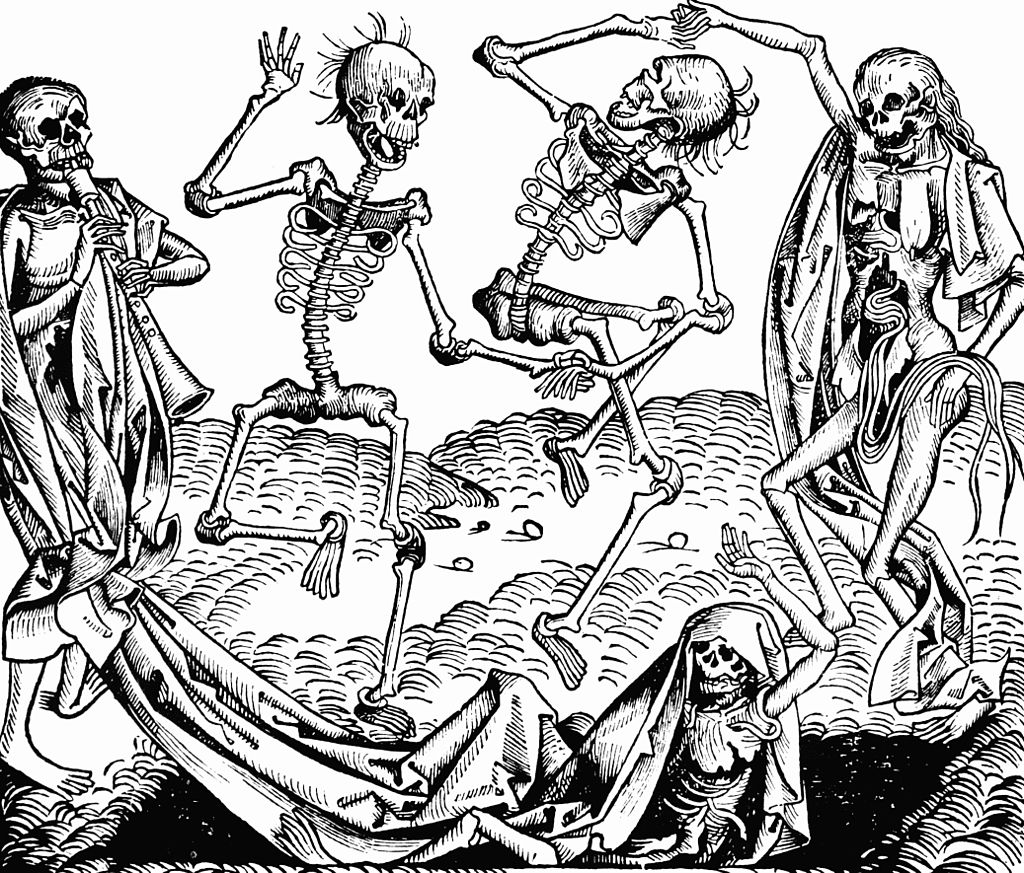In 15th-century sermons and art, La Danse Macabre (the Dance of Death) depicted personifications of Death dancing with the dying, a terpsichorean procession men of all stations eventually join in.

As a bankruptcy attorney, I’ve in turn dreamt of a “Dance of Debt.” I’ve seen persons suffer debt as permanent as that state that concludes la danse macabre.
Some debts are more immovable than others. Consider the mortgage, literally “death pledge” from the Old French. It’s actually a misnomer in the context of a typical purchase money home loan in California: the borrower may suffer foreclosure, but she can’t be sued for insurmountable money damages: she isn’t bound to dance forever.
But that’s only the case if she’s beckoned to boogie by a partner that’s a primary deed of trust, a purchase-money first mortgage. Second deeds of trust or home equity lines, are recourse loans; if unsecured (due to property depreciation), the borrower may still owe six-figure sums after foreclosure (this was a common case in the wake of ’08’s crash). To attempt to repay these would be a grim dance without end.
Or take pay day loans. (Well, don’t really take them.) I see in ads coiffed, manicured, stock-photo models fanning C-Notes, selling quick cash, a shark’s grin beneath red lipstick. They exact exorbitant interest and the borrower seeks new loans to take on the old ones, but usury prevents repayment. It’s a dance of debt.
Educational loans are possibly the most insidious liability. The government freely lends to the young and by its own laws determines these debts cannot be discharged. Government-backed student loans are eventually forgiven, though: upon the student’s death.

How can bankruptcy law avail us in contending with a dance we’d rather end?
No matter how forbidding the interest rates, no matter the size of the deficiency, debts like pay day loans and liabilities on foreclosed properties are fully discharged in bankruptcy proceedings. If qualified, you can discharge debts without further payment under chapter 7. Alternatively, you may pay a fraction of the debt and discharge its balance under chapter 13.
As to educational loans, the problem is the federal government itself is a lender. Thus–beyond an exceedingly narrow exception of “undue hardship”–the government hasn’t allowed reasonable ability to discharge student loans lest it cut its own profit. One can propose reduced student loan payments in chapter 13 bankruptcy, however, the chapter 13 filing does not suspend accrual of interest. Income based repayment plans (outside of bankruptcy proceedings) may be a better option pending further changes to bankruptcy law. In the interim, canceling other liabilities in bankruptcy can facilitate repayment of student loans afterward. An imperfect solution, but we harness the arsenal we have. Bankruptcy is a lethal weapon: aimed true, it’ll fell the dragon of debt.
Photo by: Vlad Zaytsev